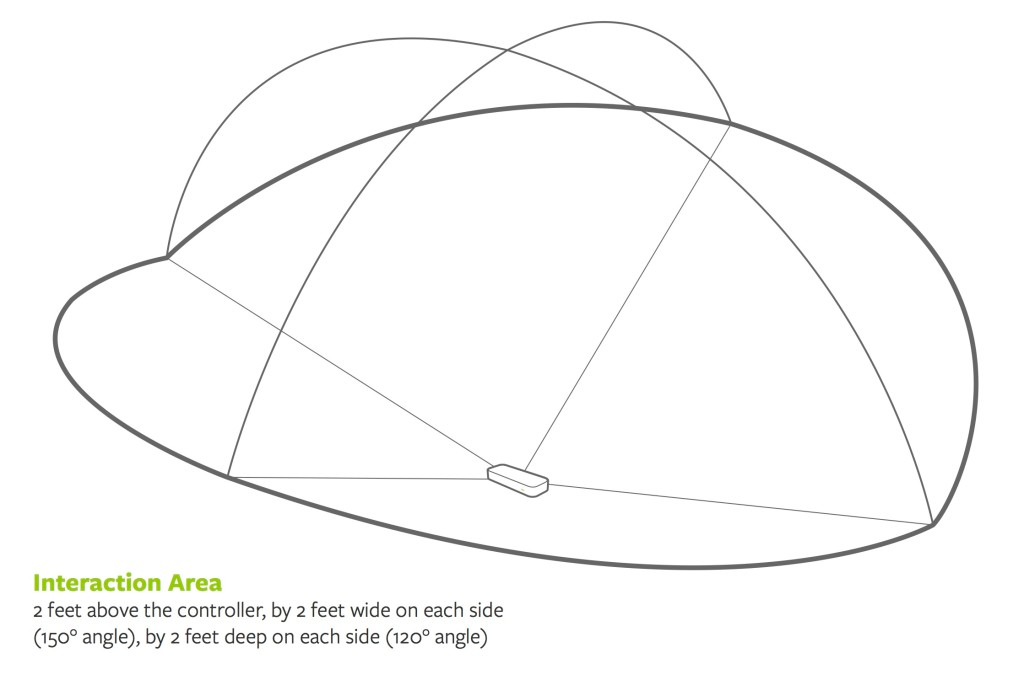14 Highest-Paying Tech Jobs Of 2015
There's no question that the technology industry pays well.
But which job titles will specifically make the most money in 2015, and which ones have tons of job openings?
Those are the questions the job-hunting site Glassdoor answered when it created its latest list of the 25 best-paying jobs that are in high demand.
And naturally this list is dominated by tech roles.
Here are the 14 tech jobs that have found a place in Glassdoor's 'best-paying jobs' list.
But which job titles will specifically make the most money in 2015, and which ones have tons of job openings?
Those are the questions the job-hunting site Glassdoor answered when it created its latest list of the 25 best-paying jobs that are in high demand.
And naturally this list is dominated by tech roles.
Here are the 14 tech jobs that have found a place in Glassdoor's 'best-paying jobs' list.
1. Software Architect
 |
Software architect is the No. 1 highest-paying tech job on Glassdoor's list. Software architects earn an average annual base salary of $130,891.
2. Software Development Manager
 |
At No. 2 on the list is software development manager. The average base salary of a software development manager is $123,747.
3. Solutions Architect
 |
The third highest-paying job on the Glassdoor's list is solutions architect. Average annual salary of a solution architect is $121,522.
4. Analytics Manager
 |
Analytics manager is next high-paying tech job on the list. Average annual base salary of an analytics manager is $115,725.
5. IT Manager
 |
The No. 5 highest-paying tech job on Glassdoor's list is that of IT manager. Average base salary of an IT manager is $115,725.
6. Product Manager
 |
A product manager is not a tech-specific job, but plays major role at most technology companies. Product managers earn average base salary of $113,959.
7. Data Scientist
 |
The clamour for Big Data has been growing. Little surprising then that data scientist has emerged as another hot job. The average annual base salary of data scientists is $105,395.
8. Security Engineer
 |
A security engineer is responsible for the safety of an organisation's IT infrastructure. Average annual base salary of a security engineer is $102,749
9. QA Manager
 |
The No. 9 IT job on the list is that of QA or quality assurance manager. The average annual salary of a QA manager -- whose job is to ensure that a product, service or software performs as it should -- is $101,330.
10. Computer Hardware Engineer
 |
Computer hardware engineers are next on the list. The guys who design computers and other electronic devices earn an average annual salary of $101,154.
11. Database Administrator
 |
Next on the list is database administrator. Database administrators make an average of $97,258.
12. UX Designer
 |
A UX or "user experience" designer is next on the list. The key responsibility of a UX designer is to ensure that the look and feel of a product is user-friendly. UX designers earn an average base salary of $96,855.
13. Software Engineer
 |
At No. 13 on Glassdoor's list is software engineer. The average salary of software engineers is $96,392.
14. Sales Engineer
 |
A sales engineer, who helps ensure bids and contracts meet customers' technical specifications, earns an average base salary of $90,899.














































